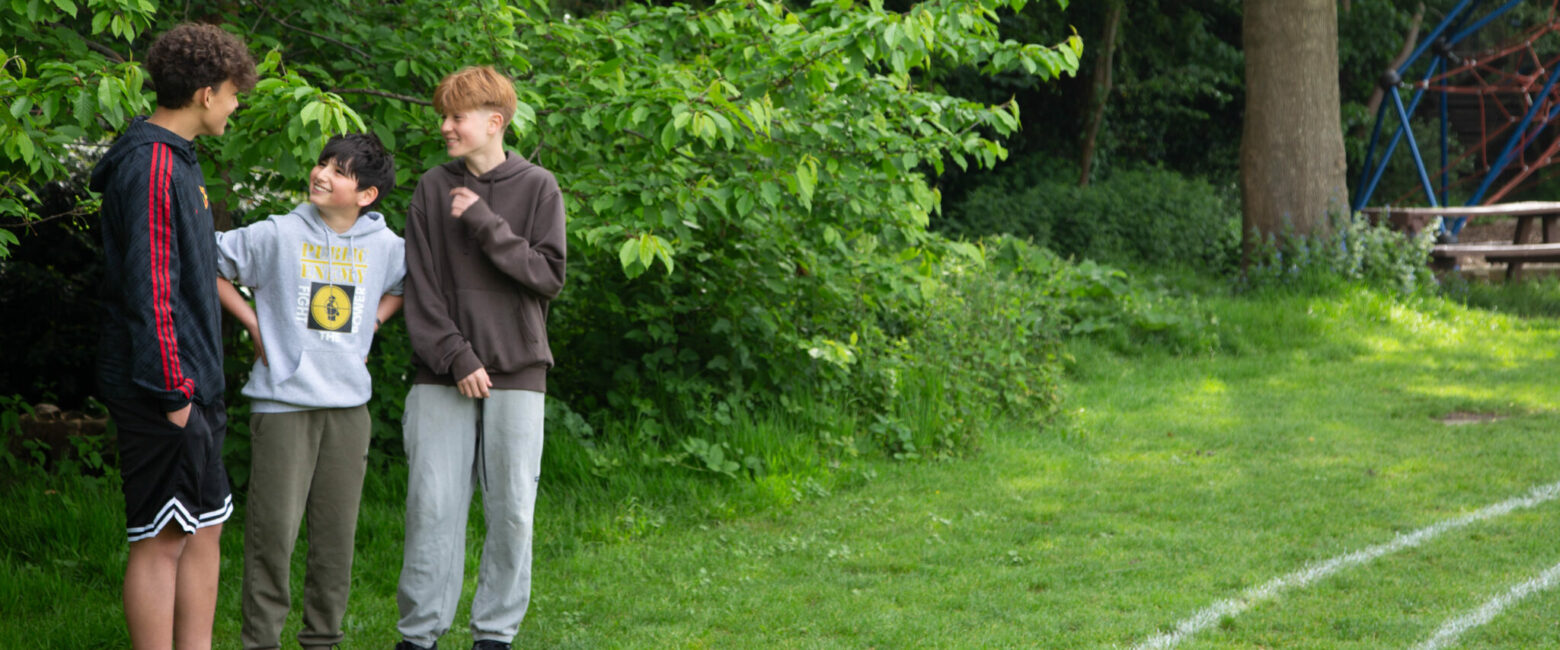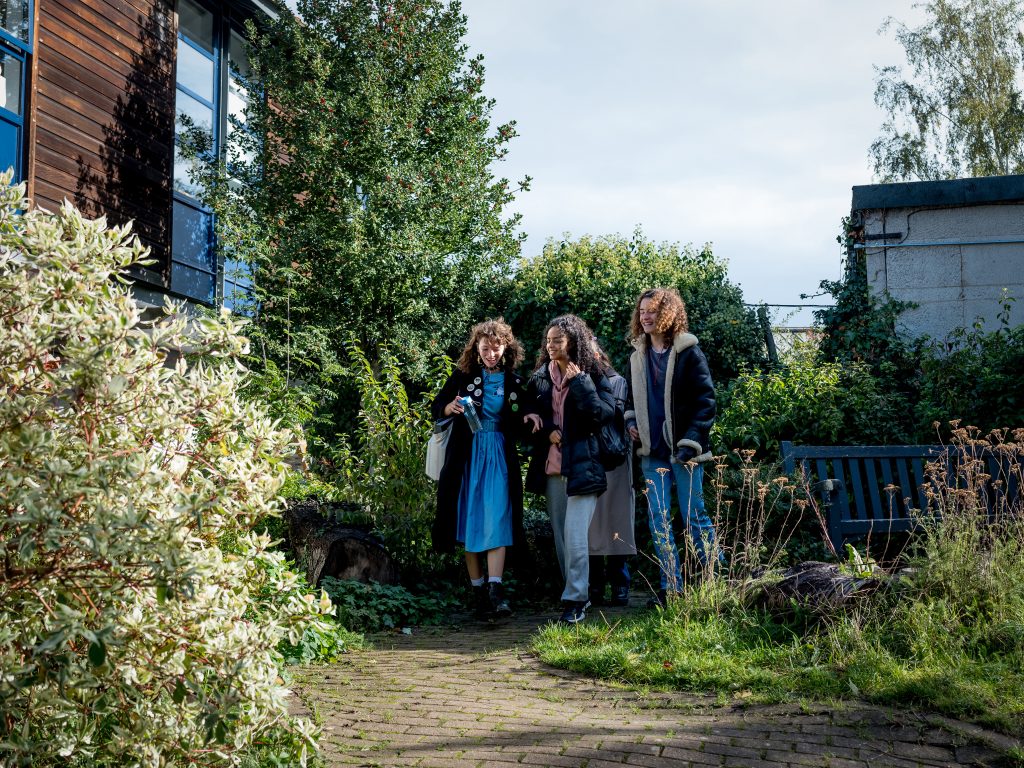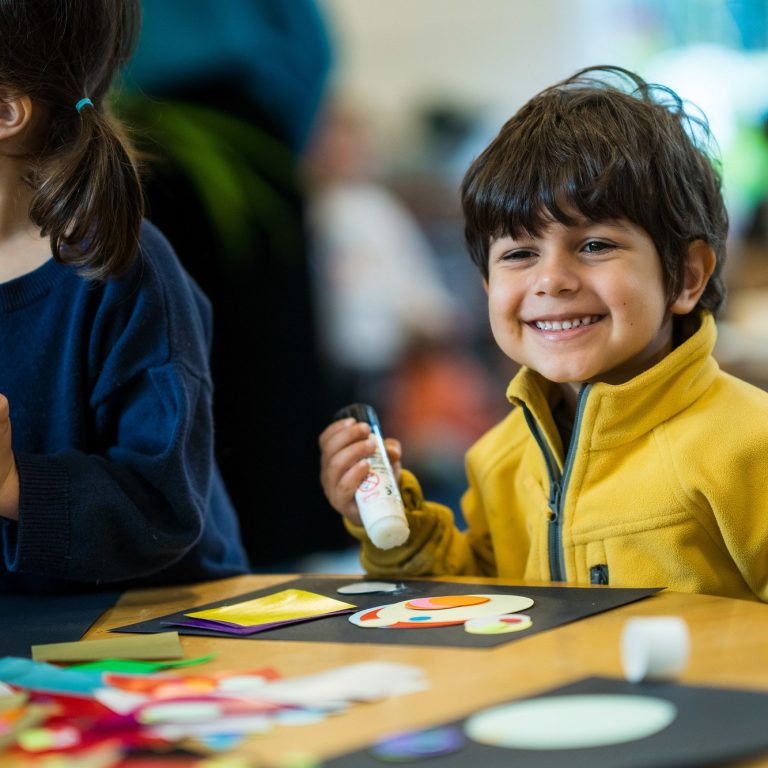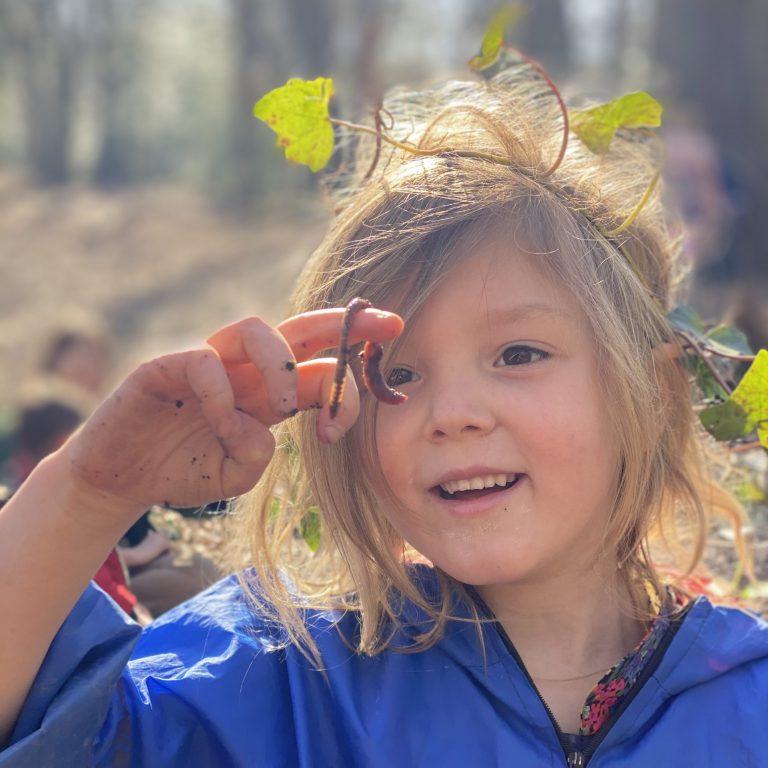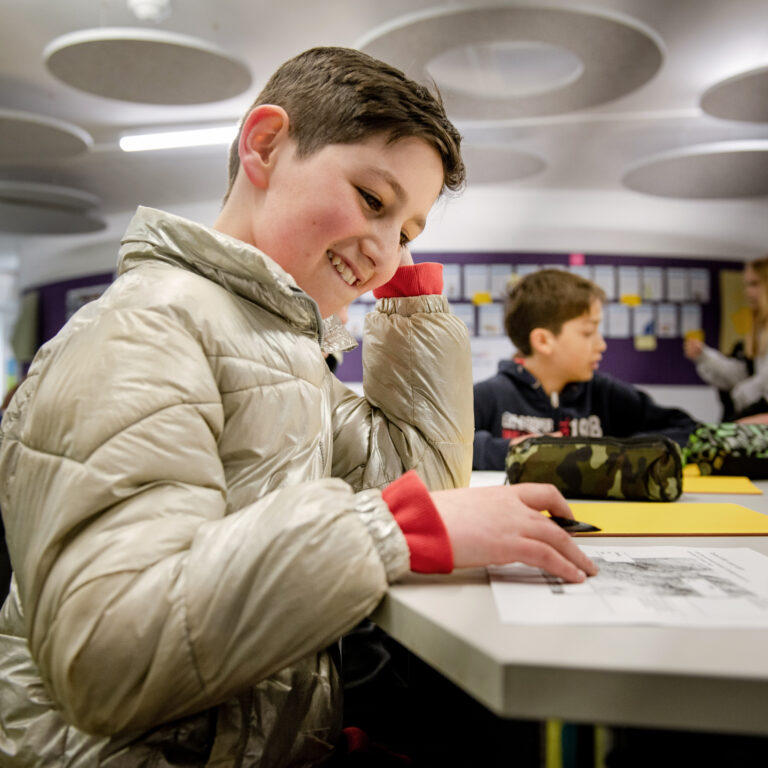Safeguarding at KAS
Safeguarding is defined as: protecting children from maltreatment, preventing impairment of health and/or development, ensuring that children grow up in the provision of safe and effective care and taking action to enable all children to have the best outcomes.
Read our policy here:
Who is responsible for safeguarding?
Safeguarding and promoting the welfare of children is everyone’s responsibility and it is essential that everybody working in school understands their safeguarding responsibilities. Everyone who comes into contact with children and families has a role to play. In order to fulfil this responsibility effectively, all professionals make sure their approach is child-centred. This means that they consider, at all times, what is in the best interests of the child. If children and families are to receive the right help at the right time, everyone who comes into contact with them has a role to play in identifying concerns, sharing information and taking prompt action.
The Designated Safeguarding Lead at KAS is Tracy Preston, who can be contacted via email : tracyp@kingalfred.org.uk. The Council Member lead for safeguarding can be found on the Governor profiles.
We have a number of policies and procedures in place that contribute to our safeguarding commitment, including our Safeguarding Policy which can be viewed in the Policies section of our website.
Sometimes we may need to share information and work in partnership with other agencies when there are concerns about a child’s welfare. We will ensure that our concerns about our students are discussed with parents/carers first unless we have reason to believe that such a move would be contrary to the child’s welfare.
Referrals to Social Care
Anyone can make a referral to Social Care. In the first instance, should you have concerns about a child, a referral should be made the MASH team of the borough in which the child resides.
- Barnet – 0208 359 4066 or mash@barnet.gov.uk
- Haringey – 0208 489 4470 or mashreferral@haringey.gov.uk
- Enfield – 0208 379 5555 or childrensmash@enfield.gov.uk
- Islington – 0207 527 7400 or csctreferrals@islington.gov.uk
Alternatively, you can contact the NSPCC.
What Does Safeguarding Cover?
Safeguarding encompasses the arrangements that are in place for all children. Child protection refers to the policy and procedures for children who have been significantly harmed or are at risk of harm.
Safeguarding covers numerous topics, many of which are interconnected, including:
- Bullying
- Child on Child Abuse
- Child Criminal Exploitation (CCE) and Criminal Sexual Exploitation (CSE).
- Domestic violence
- Sexual abuse and harassment
- Mental health and wellbeing
- Self-harm
- Neglect
- Prevent (Preventing Violent Extremism)
- Substance Misuse
- Violence Against Women and Girls (including FGM)
- Online Safety
The Keeping Children Safe In Education (KCSIE) document is statutory guidance for schools, colleges and other institutes of education and is written by the Department for Education (DfE). It applies to all school staff as well as to governing bodies, management committees and proprietors. Every member of staff within a school must read at least part 1 of the guidance, as it sets out what legal duties must be followed to ensure the correct safeguarding and welfare of children under the age of 18. You can read Part 1 of the guidance by clicking here.
For safeguarding enquiries or sharing safeguarding information, you can contact one of the Safeguarding Personnel or email safeguarding@kingalfred.org.uk, where your enquiry will be treated discreetly.


